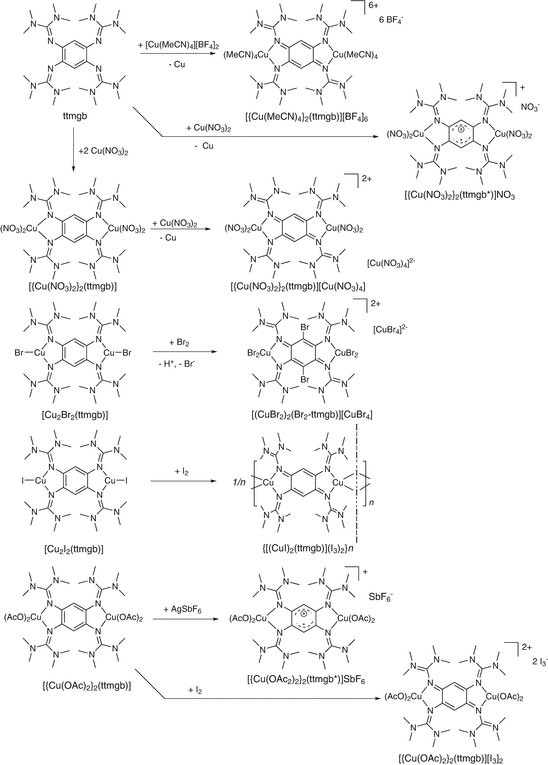Summary: Colorful aqueous complexes of nickel are made using ammonia, ethylene diamine and dimethylglyoxime ligands.
Hazards:
Nickel compounds are considered cancer suspect agents. Use care.
In the 1 H-NMR spectrum of 2-ethylphenol, the CH 3 signal is a triplet, the CH 2 signal is a quartet, the OH signal is a singlet, and the benzene ring protons signal is a multiplet. Some Typical 1 H Chemical Shifts (δ values) in Selected Solvents. In 2- (or multi-) dimensional NMR spectroscopy multipulse sequences are employed to provide additional information not obtainable (or not eaily obtainable) from one-dimensional spectra. The most useful and commonly used forms of 2D NMR spectroscopy provide correlations between proton (or other NMR-active nuclei) signals based.
Chemicals and Solutions:
0.1M Nickel sulfate, NiSO4
Conc. Ammonium hydroxide, NH4OH
25 % Ethylene diamine in ethanol

1% Dimethylglyoxime in ethanol
Materials:
stirring rods

5 hydrometer cylinders
Stirring rod
Beakers or crystallizing dishes
Procedure:
In a large hydrometer cylinder place 100 mL 0.1M NiSO4 (this is the reference solution).
In a second large hydrometer place 200 mL 0.1M NiSO4. Add 20 mL of conc. NH4OH and stir to get the blue color of nickel ammine.
Pour half the nickel ammine into another large hydrometer and add ethylene diamine solution dropwise to get purple/lavender color.
Pour half the nickel ethylene diamine solution into a small hydrometer and add the DMG solution dropwise to form the red precipitate.
Hint:
Any green precipitate formation is due to Ni(OH)2 precipitate. (Add more ammonia to make it go away.)
Make the ethylene diamine solution fresh if there are crystals present in the solution or if it’s more than a year old. The ethylene diamine will oxidize with time. Test prior to class.
Discussion:
Ni(H2O)6+2 + 6NH3(aq) ---> Ni(NH3)6+2 + 6H2O
green (octahedral) blue (octahedral)
Ni(NH3)6+2 + 3en ----> Ni(en)3+2 + 6NH3
blue (octahedral) purple (octahedral)
Ni(en)32+ + 2DMG ---> Ni(DMG)2
purple (octahedral) red ppt. (square planar)
Nmr Of Cu(dmg)2 Body
| Balanced equation: Ni(NO3)2 + 2 DMG = Ni(DMG)2 + 2 NO3 Reaction type: double replacement Please tell about this free chemistry software to your friends! Direct link to this balanced equation: |
Instructions on balancing chemical equations:
|
chemical equations balanced today |
Nmr Of Cu(dmg)2 Science
| Back to Online Chemical Tools Menu |
© 2019 webqc.org All rights reserved
Nmr Of Cu(dmg)2 Time

Nmr Of Cu(dmg)2 Brain
| Periodic table |
| Unit converters |
| Chemistry tools |
| Chemical Forum |
| Chemistry FAQ |
| Constants |
| Symmetry |
| Search |
| Chemistry links |
| Link to us |
Got an idea? Contact us |
How to cite? |
WebQC.Org online education free homework help chemistry problems questions and answers |